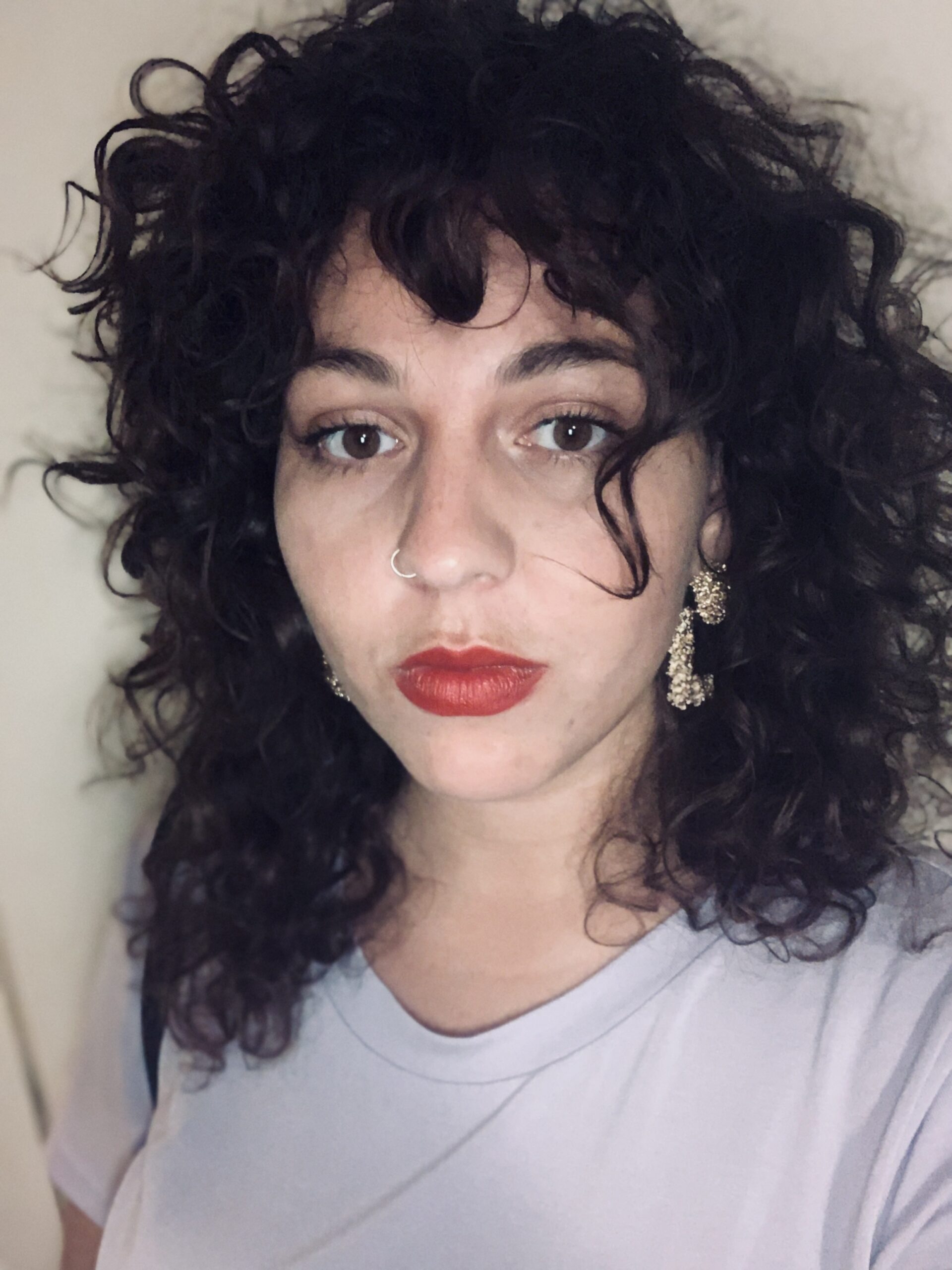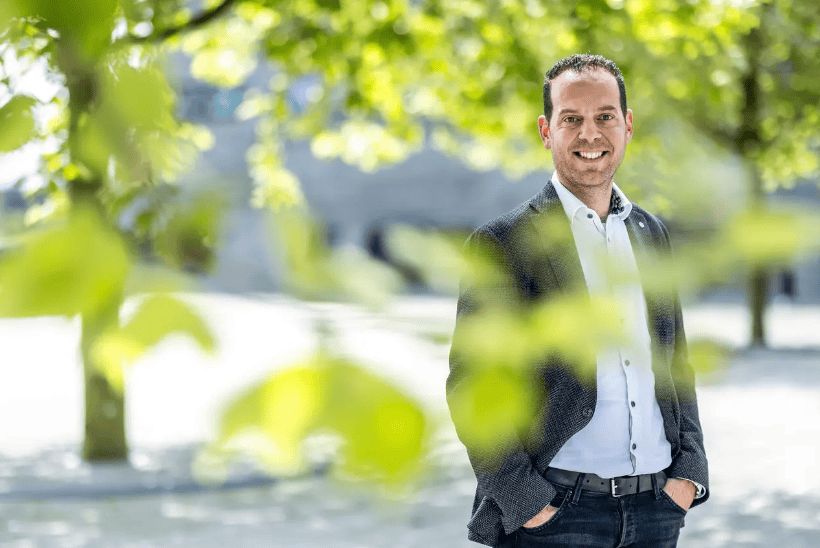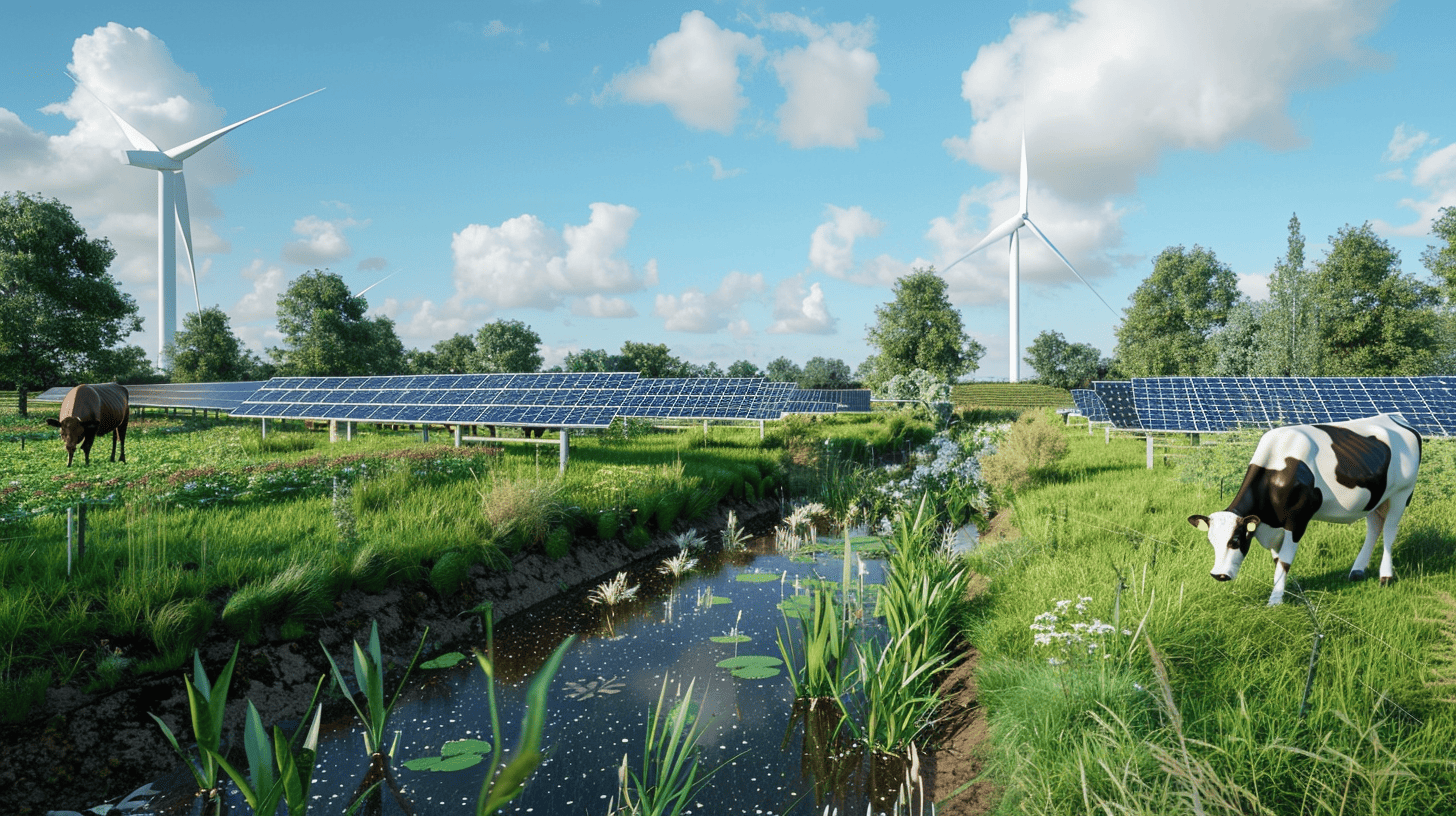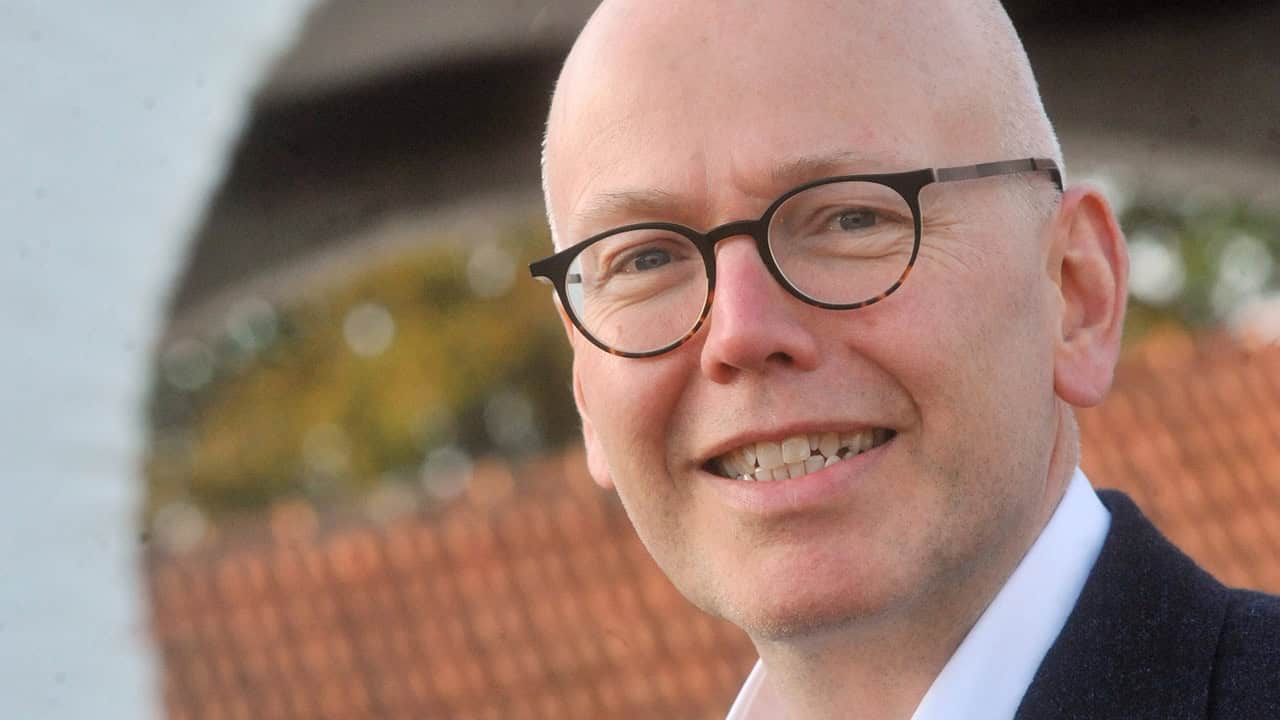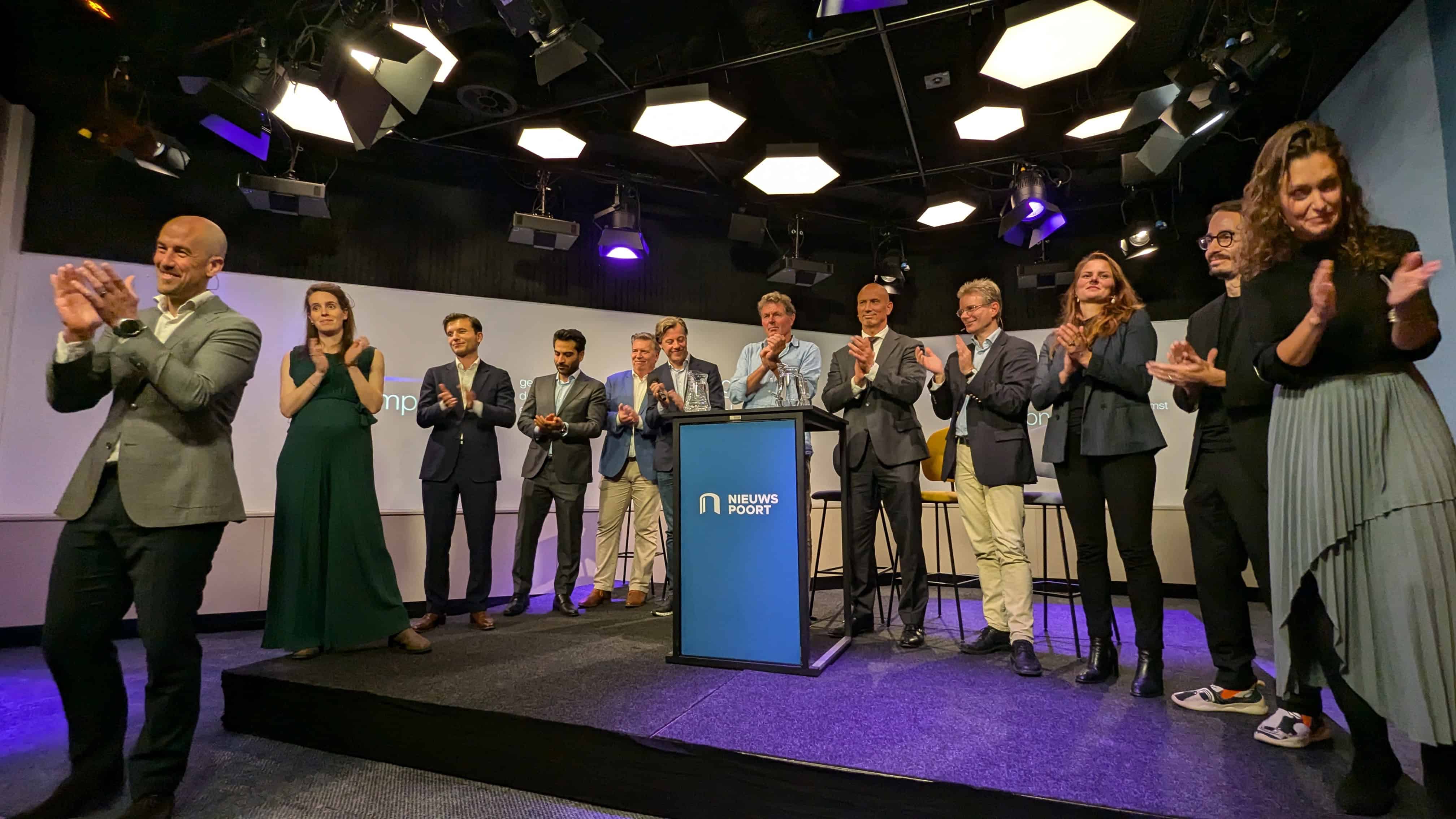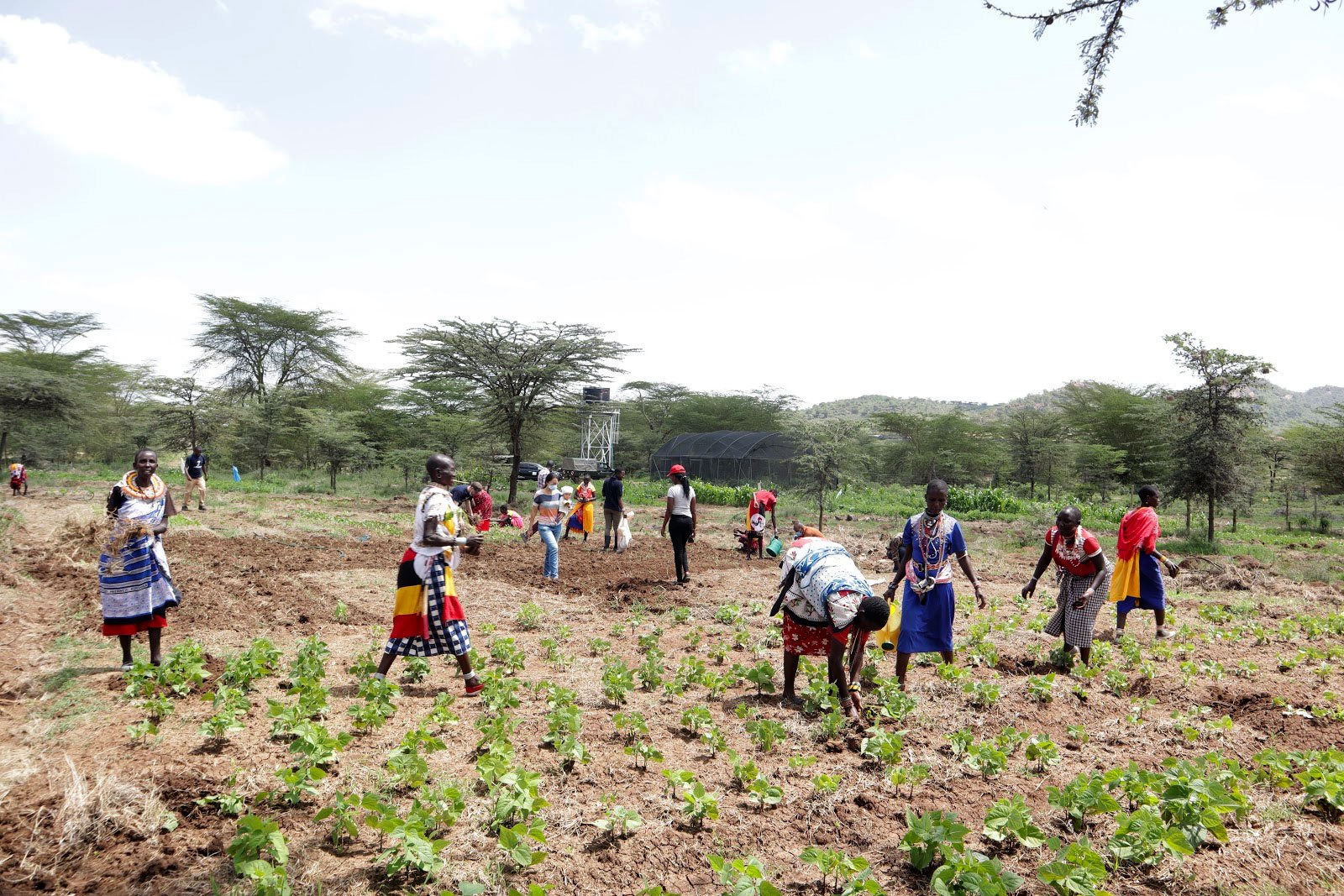
About reNature
- Founders: Felipe Villela & Marco de Boer
- Founded in: Amsterdam, January 2018 as a foundation, May 2019 as a BV (Ltd company)
- Employees: 8 plus 10 freelancers
- Money raised: 850,000 euros
- Ultimate goal: By 2030, two percent of all farmland (100 million hectares) will be undergoing regeneration and help improve the lives of 10 million farmers
Regenerative agriculture is as old as time itself. After the Second World War, today’s intensive agriculture came into being, subsidised by the Dutch government. Growing a single crop became more lucrative -the harvest was easier, yields were higher and no one would ever have to suffer from hunger again. After years of depleting arable land this way, permaculture and regenerative agriculture are gaining more and more popularity. Marco de Boer also has the benefit of his family name, de Boer (the Farmer in English), but until relatively recently, he worked in marketing. He left the marketing world behind after meeting his business partner Felipe Villela. With their Amsterdam start-up reNature, together with a global team of volunteers and experts, they support farmers who want to go back to a sustainable form of farming. Marco shares his ideology with us in this instalment of start-up of the day.
Why is the company called reNature?
“I’ve always worked in marketing where I would turn ideas into grand ideas for my clients. In that sense, I am not doing anything different with reNature. The only major difference is that with reNature, we can help a vast number of farmers by providing them with examples of how things can be done. We convey in a positive way that regenerative agricultural production is not more expensive and that, on balance, it yields better results. The message to them is clear: it is better for you, for your children, for water, for nitrogen emissions, for your wallet. And so on and so forth. If you know how to market it, as I have learned to do over the years, it suddenly becomes a credible story that people want to be part of.”
“Change is not something that should be approached from a negative standpoint. That simply does not work. Nobody wants to be lectured. We are now blaming farmers, Unilever and Shell for causing the problems. Responsibility lies partly with them, but by continuing to attack them, all the while, more and more nature is being ruined. We work on a local level whereby core values of positivity and sustainability are paramount. We make grateful use of the opportunity to share that together with our knowledge. That is where the name ‘reNature‘ comes from; it is a step back to nature.”

What was the reason that convinced you to say goodbye to marketing as you knew it, in order to set up reNature?
“The passion that I have found in this, is something that I really have been able to discover. The same year that I met Felipe, and we had already spoken about regenerative agriculture, I was on an excursion to Kenya. While there, I visited a permaculture project. I listened to the man who ran it, took a good look at the landscape where the permaculture farm stood and the land next to it. His land was very green, moisture-rich and flourishing. The land next to it was the typical image we Westerners have of Africa – barren, brown, a sandy desert where nothing could grow. After I had witnessed at first hand what could be improved – the impact of such a green landscape and how people dealt with it, or the love they have for nature – for me, this experience was the motivation to get into marketing nature.”
What is your work method?
“We are, as it were, a consultancy firm that has three types of clients. The first is through direct contact with the farmer. A farmer can propose a project to us tat is centred around a future goal. This could be: ‘I have x amount of hectares, and I want to switch over to this system. Can you help me?’ Then we will talk to them about the costs, about subsidies, loans and so on, but also about how to divide up their land in more effectively. We never approach farmers on our own initiative; the motivation to change has to come from them.”
“The second type are the multinationals such as Unilever and other large concerns. They knock on our door if they want to make a branch of their business more sustainable. To make production of raw materials more sustainable while also helping the environment. A company like Shell, which suddenly wants to move into soya beans, does not need to turn to us. We are happy to help a company like Douwe Egberts that wants to improve its coffee plantations because they will then go on to produce better crops, higher qualities and protect the environment. The third type of client are companies or investors who want to invest in a good cause. We can help them connect with farmers who lack the funds, but are keen to make the switch.”
Is it not quite dangerous for a Westerner to go and tell other countries what they should do?
“The choices we make, we make from the perspective of the farmer. We are not flying out to other countries to do it ourselves. It has to stay local so that the local economy also stands to benefit. That is the reason why we have developed a method in which local experts and product managers, together with the farmers, monitor all aspects. We work closely with them to see what it actually brings the farmer, what the farmer’s revenue model is, and how we can ensure that they have a stable income. It is a comprehensive system in which several products need to have sales. We could let farmers plant mangetout in between their grains, but if they can’t sell the mangetout, it will still cost them money.”
Not only do we raise awareness of these issues for the farmer, but we also map out the (local) sales market for them. Another starting point is that it has to remain attractive for the farmer. In Indonesia, we have a project where the land had become barren. For the farmer, it was more profitable to sell the land off so that tin could be mined there. That would provide a good source of income, at least temporarily. Thanks to our system, they could get their own crops back. They are growing white pepper and, together with their families, they can also feed themselves with other crops from their own land. Every farmer who we can persuade to do this is a win-win.”

What is one lesson that you have learned from farmers?
“I‘ll use Kenya as an example again. They make a kind of round basket out of twigs that are one-and-a-half to two metres in height. They place these baskets around new crops to protect the plant matter from exposure to sunlight, but also from any wild animals that might want to eat the new plants. A microclimate is created at the same time. The twigs they use for this are too thin to make a fire to cook with. Local farmers are often looked down upon in the West. However, they reuse nature in ways that we probably would not have come up with ourselves.”
“The lessons from the generations of farmers’ experiences should be cherished and shared, and above all preserved. The Dutch farmer I was with today planted some beans between the wheat. These beans store nitrogen in the soil, which is the nutrient that wheat needs. It is a wonderful sight to see crops mixed up like this and it serves several purposes. When the crops were threshed, the beans can be sifted out of that. Now those beans can be used for cattle feed or ground into powder. A twofold yield. This kind of knowledge is lost when you start lecturing the farmer like a know-it-all.”

And what next?
“We are now working with a partner who has developed a biostimulant for arable land that cannot be restored. With this seaweed-based biostimulant, we can restore the soil naturally to provide a basis for a new regenerative system.”
“If we continue to grow, we should be able to reach our targets by 2030: two per cent of all arable land (100 million hectares) undergoing regeneration and help ten million farmers improve their livelihoods.”


